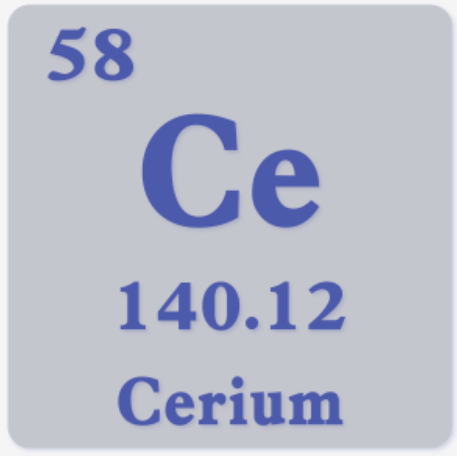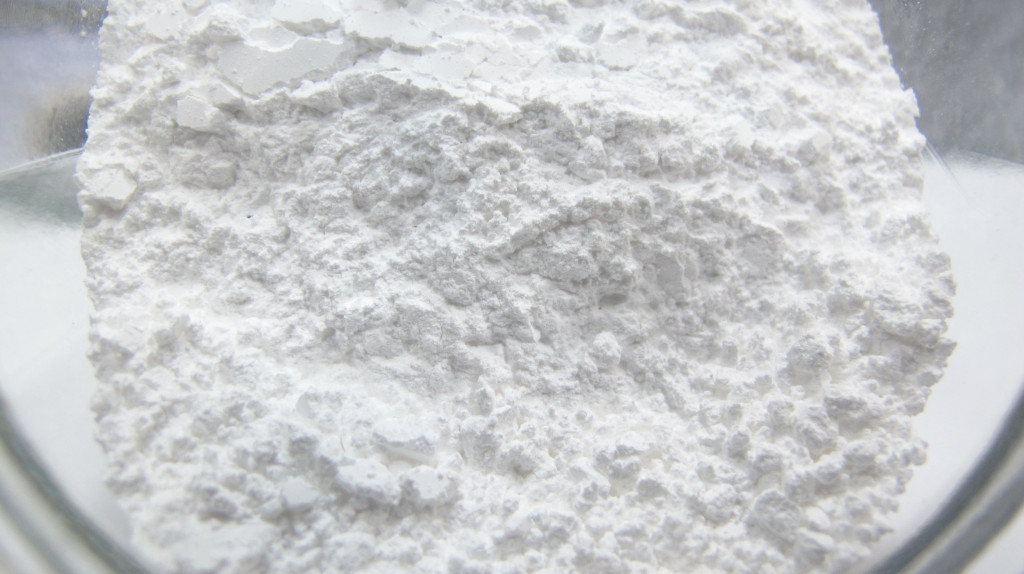Rare earth elements may sound exotic and valuable, but among this group of elements, cerium stands out for its abundance. It ranks as the 25th most common element in the Earth’s crust, leading some to jokingly refer to it as “the least rare of the rare earth elements.” Cerium was first discovered in 1803 by German chemist Martin Heinrich Klaproth and was named after the dwarf planet Ceres.
Introduction
Cerium is known for its versatility and widespread presence. Unlike many other rare earth elements, cerium is relatively abundant in the Earth’s crust and is commonly found in minerals and rocks. Despite its abundance, cerium remained underappreciated for many years. However, as technology and industry have advanced, cerium’s significance and potential have become increasingly recognized. It now plays a critical role in many fields, especially in high-tech products and environmental technologies.
Cerium (Ce)
Chemical Symbol: Ce
Atomic Number: 58
Atomic Mass: 140.116 u
Electron Configuration: The outermost electron configuration of cerium is 4f1 5d1 6s2.
Physical Properties: Cerium is a silver-white metal with a relatively high melting and boiling point. It softens at room temperature and possesses good ductility and malleability.
Main Applications of Cerium
Electronics: Cerium’s optical properties make it an essential material in products like liquid crystal displays (LCDs) and LED lighting. Its ability to produce different wavelengths of light helps generate vivid colors and high-contrast display effects.
Environmental Technologies: Cerium compounds are widely used as catalysts in automotive exhaust systems to help convert harmful nitrogen oxides into harmless substances, reducing the environmental impact of vehicle emissions.
Energy: Cerium is used in solar panels and battery technology to improve energy conversion efficiency and storage performance. Its unique properties also make it useful in nuclear energy research.
While cerium is abundant, we must acknowledge that its extraction and use require careful consideration. Over-extraction could cause irreversible environmental damage and lead to resource waste. Therefore, as we pursue technological advancements, we should aim to use cerium sustainably to ensure its availability for the future.


